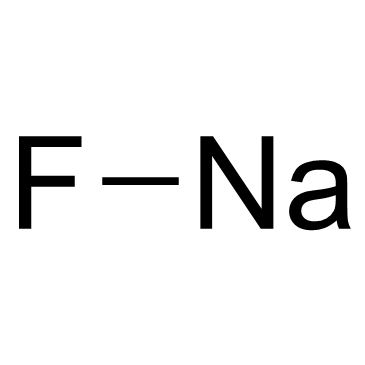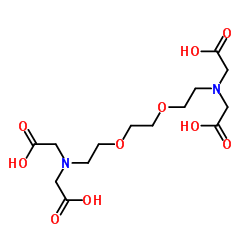| Structure | Name/CAS No. | Articles |
|---|---|---|
 |
Sodium Fluoride
CAS:7681-49-4 |
|
 |
ammonium persulfate
CAS:7727-54-0 |
|
 |
EGTA
CAS:67-42-5 |
|
 |
Ethylenediaminetetraacetic acid
CAS:60-00-4 |
|
 |
APS SODIUM SALT
CAS:102029-95-8 |